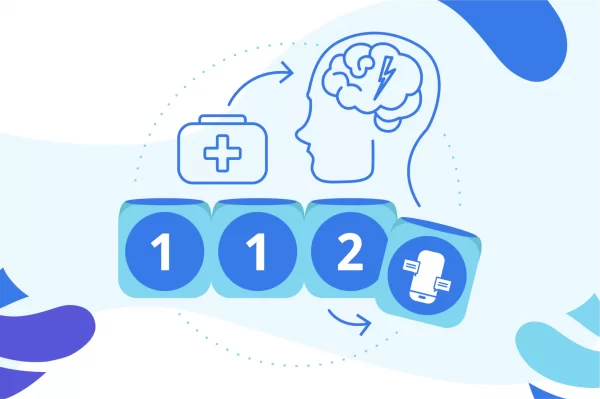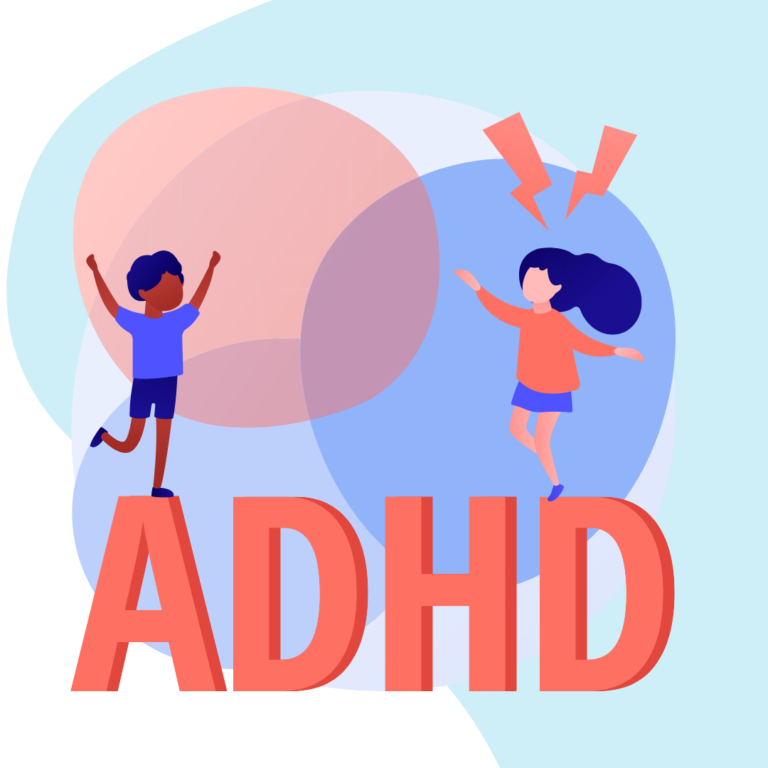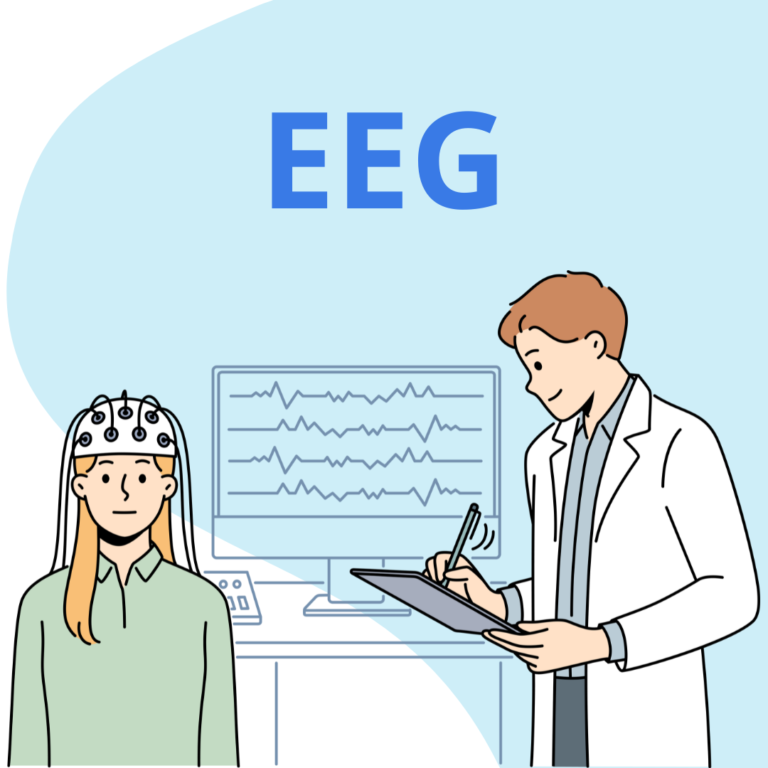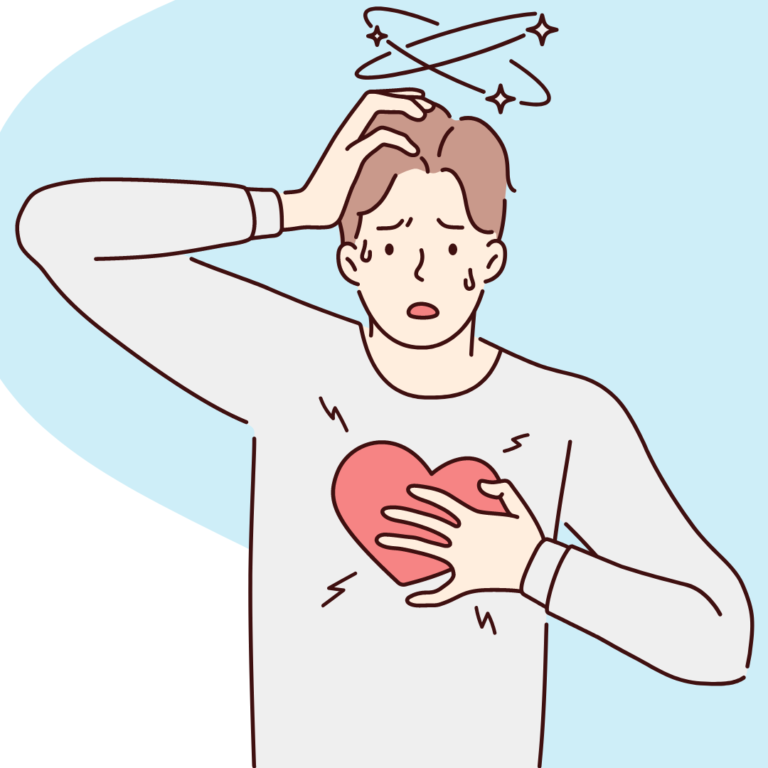Table of contents
How can you tell if it’s an epileptic seizure?
There can be distinguished several types of epileptic seizures. Some of them may look like they are usually portrayed in the movies: a person falls and has convulsions, that stop after 1-2 minutes. However, sometimes a person may not fall at all, they do not lose consciousness, but lose contact with reality. This is a so-called seizure with disorder of consciousness. During a seizure of this kind, a patient is able to walk and perform various activities, but they are completely unaware of what they are doing. It also happens that such activities may prove dangerous – patient may try to go out through a window, or try to cross a busy street. Such seizures usually last up to several minutes.
How can you help someone who is having a seizure?
- Stay with a person who is having a seizure.
Check exactly what time the seizure started and start measuring its duration.
If possible, check the patient’s parsonal information.
- Keep yourself and the patient safe.
Make sure that neither the patient, nor you are in danger – for instance, if the seizure occurred on a road, take the patient to the side, or stop the traffic. Move away from the patient objects that could cause cuts or bruises. Place something soft (but not too high) under the head of the person having a seizure to prevent it from being harmed due to convulsions.
- When the convulsions have stopped and the patient is unconscious, lay him on his side and gently tilt his head back.
- Stay with the patient until they fully regain consciousness – this is, until they are able to talk to you logically. Seizures are often followed by so-called postictal confusion, which lasts for several minutes. During this state, the patient may be hyperactive, act strangely and be dangerous for themselves and their environment. It is important to take care of them. Do not try to keep them in one place, but make sure they do not harm themselves.
- When the patient fully regains consciousness, make sure that they do not feel any pain and check whether they have already suffered from epileptic seizures before. If it was their first seizure ever, you should call an ambulance.
What you should not do in case of an epileptic attack?
- Do not put anything in the mouth of a person who is experiencing convulsions. Do not gove them any water or medicines.
- Do not restrain, hold, or force the patient’s body.
How to help someone who is having a seizure accompanied by impaired consciousness?
- Stay with a person who is having a seizure.
Check exactly what time the seizure started and start measuring its duration.
- Keep yourself and the patient safe.
Make sure that neither the patient, nor you are in danger – for instance, if the seizure occurred on a road, take the patient to the side, as far from the road as possible.
An unconscious person may misunderstand the rescuer’s behaviour and interpret attempts to help as an attack. Therefore, try to limit your intervention to only the most necessary actions when the patient is clearly a danger to themselves.
- Stay with the patient until they fully regain consciousness – this is, until they are able to talk to you logically.
- When the patient fully regains consciousness, make sure that they do not feel any pain and check whether they have already suffered from epileptic seizures before.
When should you call an ambulance?
Most epileptic seizures are not life-threatening. Seizures accompanied by convulsions usually cease after several minutes, after which a patient sleeps or is confused for several (rarely dozens) minutes and then recovers. Seizures accompanied by loss of consciousness last longer, but also are not dangerous.
Sometimes, however, a seizure can be indicative of a life-threatening condition and requires immediate medical attention

- Convulsions last longer than five minutes.
- A patient has a seizure followed by a pause, during which they do not regain consciousness, and after that another seizure occurs.
- A seizure accompanied by loss of consciousness lasts very long (more than 30 minutes).
- A serious injury, fracture, head injury, etc. occured during a seizure.
- A patient does not regain consciousness for a long time after a seizure (more than 30 minutes) and does not respond to any attempts of being awaken.
- It has been patient’s first seizure ever.




